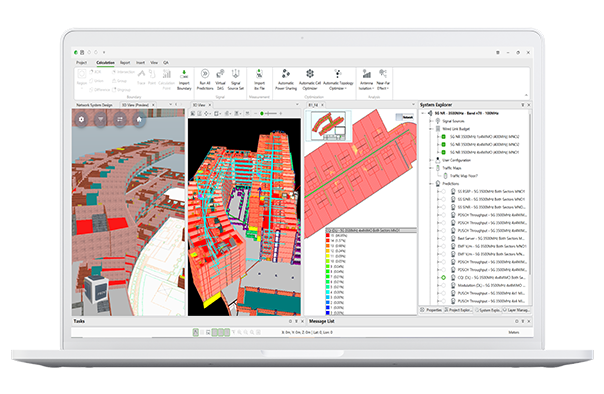How does Low-E glass affect 5G/4G wireless coverage in buildings?

In this blog, you will learn:
- What Low-E glass is.
- How Low-E glass affects radio propagation in 5G/4G networks.
- The factors to consider when evaluating the impact of Low-E glass on indoor coverage.
- The simulation results of two Low-E glass scenarios.
What is Low-E glass?
Low-E glass has a microscopically thin coating – thinner than human hair – that is transparent and reflects heat. During the summer months, infrared and ultraviolet (UV) light and solar heat are reflected away from the building, without lessening the amount of visible light entering the building. Then in the winter months, the glass coating prevents radiant heat loss by reflecting the generated heat back into the building. Both scenarios facilitate temperature consistency for its occupants and create generous energy efficiencies when heating and cooling the premises.
Whilst this increases the green building rating for sustainability, Low-E glass also has a hugely adverse effect on wireless signal propagation. Similar to UV light, the RF signals are reflected when it comes into contact with the coated glass. This leads to high signal attenuation (a reduction in signal strength) and poor indoor wireless coverage.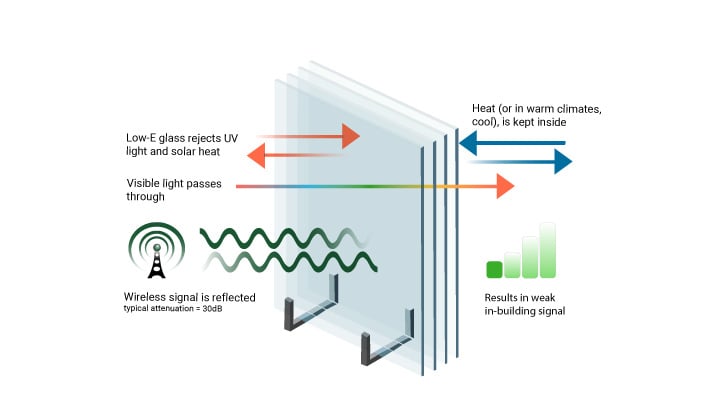
An illustration of Low-E glass
How does Low-E glass affect radio propagation in 5G/4G networks?
Low-E glass significantly affects radio propagation, especially in the millimeter wave bands. The higher the frequency, the larger the path loss that Low-E glass introduces. For example, Low-E glass introduces an average loss of 27.4 dB at 28 GHz and 33.2 dB at 60 GHz. It also introduces a much greater path loss than ordinary glass for sub-6 GHz 5G bands as shown in the table below.
| Frequency bands | Ordinary glass | Low-E glass |
| 700 MHz | 0dB | 17dB |
| 3.5 GHz | 1dB | 25dB |
| 28 GHz | 3.0dB | 27.4dB |
| 60 GHz | 3.3dB | 33.2dB |
References: Analysis of 28GHz and 60GHz Channel Measurements in an Indoor Environment and Novel microwave transparent low emissivity coating for energy-efficient glazing: Towards 5G frequencies
The excessive path loss introduced by Low-E glass means that building owners and tenants cannot rely on outdoor networks to provision ubiquitous 5G, 4G and public safety wireless network coverage inside buildings. The challenge is further amplified by the various scenarios of how Low-E glass is used and how radio propagation is affected by building structures and material properties. Therefore, it is imperative to plan and evaluate how the different factors play out in achieving satisfactory indoor wireless coverage. Factors to consider when evaluating the impact of Low-E glass on indoor wireless coverage. To evaluate the impact of Low-E glass on indoor wireless coverage, a number of factors relating to the radio propagation environments and the wireless network systems need to be considered, such as Low-E glass usage scenarios, indoor environment characteristics, frequency bands, and antenna configurations.
In this blog, we will share the investigations of two Low-E glass scenarios:
Scenario 1: Buildings with Low-E glass walls. 
Scenario 2: Buildings with Low-E glass windows.
For the two scenarios, we used our all-in-one indoor and outdoor network planning software, Ranplan Professional to create detailed 3D models of the buildings with assigned material properties to replicate the real-world scenarios. Our 3D ray tracing/launching radio propagation tool simulated the wireless performance, considering the following:
-
Outdoor to indoor wireless coverage
-
3.5GHz and 28GHz mmWave bands
-
Two types of glass wall
-
Double glazing glass (4.9dB loss)
-
Low-E glass (27.4dB loss)
-
- Two types of concrete walls with glass windows
- Heavy concrete with double glazing glass and Low-E glass
- Medium concrete with double glazing glass and Low-E glass.
The parameter configuration for the simulations is listed below:
| Parameters | Configuration |
| System | 5G NR |
| Frequency band | 3.5GHz Band 78 |
| System bandwidth | 100 MHz |
| Transmission power | 43dBm |
| Antenna height | 19m |
| Antenna Azimuth | 54.8 |
| Antenna Down Tilt | 3 |
| Antenna Resolution | 0.5 Meters / 5 Meters (Indoor / Outdoor) |
Scenario 1: Buildings with glass walls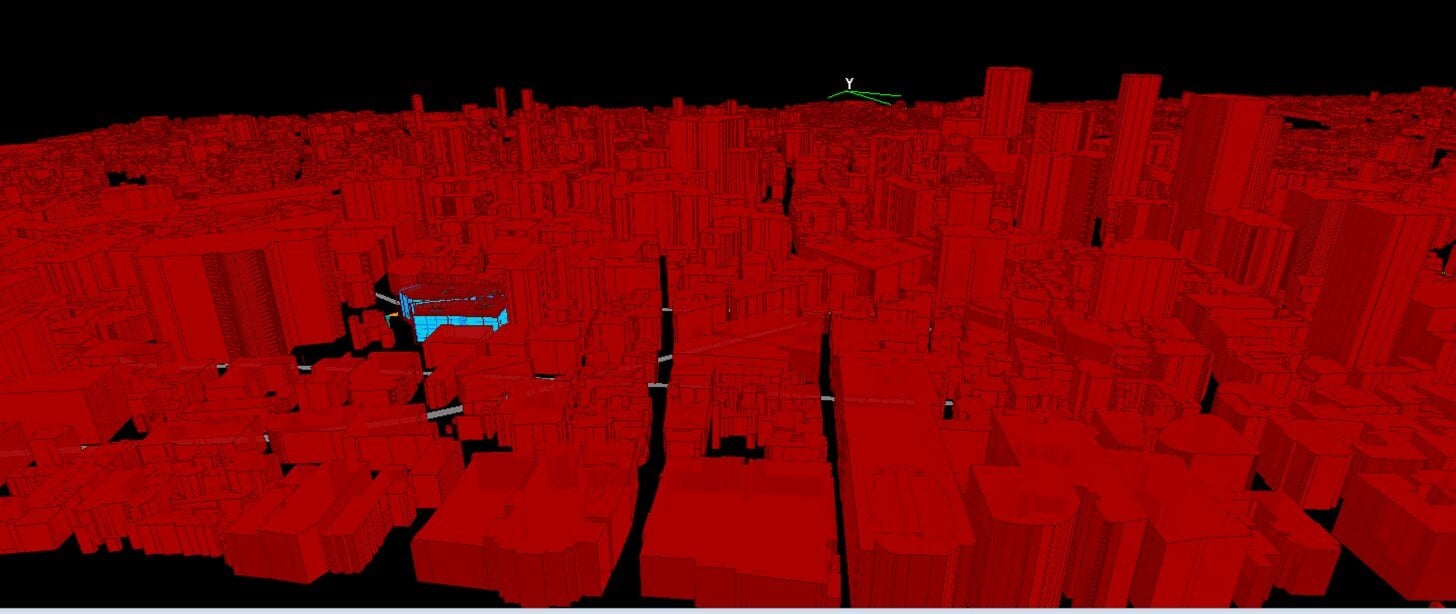 Figure 4: Outdoor environment in 3D
Figure 4: Outdoor environment in 3D
 Figure 5: Indoor building with glass walls in 3D
Figure 5: Indoor building with glass walls in 3D
Assuming an SS RSRP sensitivity of -120dBm, the Ranplan Professional simulation results at 3.5GHz indicated a no coverage area of 20% for double-glazed walls, and a 35% no coverage for Low-E glass walls.

Figure 6: Indoor coverage – 3.5GHz band
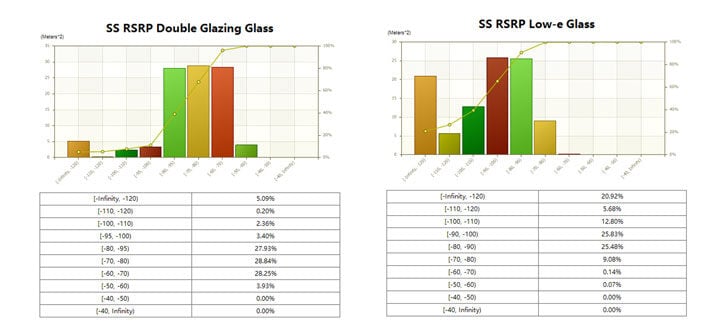 Figure 7: Statistic results – 3.5 GHz band
Figure 7: Statistic results – 3.5 GHz band
For 28GHz, the simulations indicated a no coverage area of 47% for double-glazed walls, and a 79% no coverage for Low-E glass walls.
 Figure 8: Indoor coverage – 28 GHz band
Figure 8: Indoor coverage – 28 GHz band
 Figure 9: Statistic results – 3.5GHz band
Figure 9: Statistic results – 3.5GHz band
Scenario 2: Buildings with Low-E glass windows 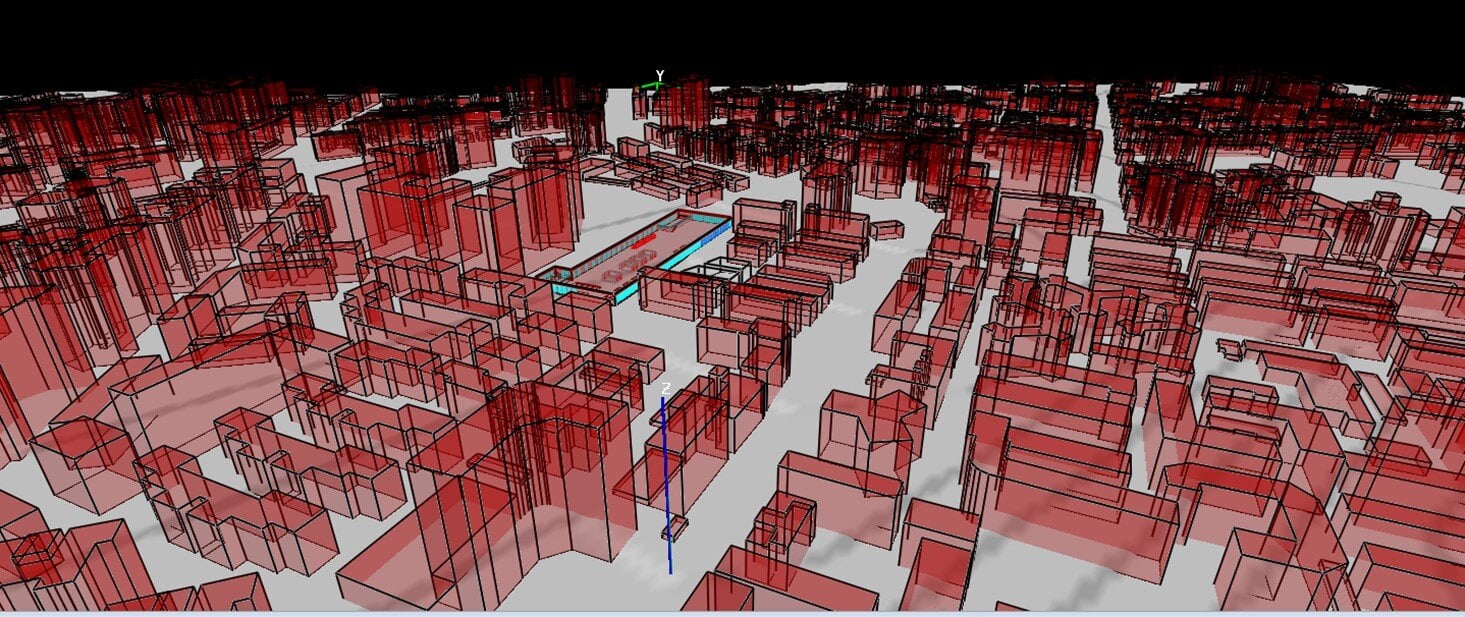 Figure 10: Outdoor environment.
Figure 10: Outdoor environment.
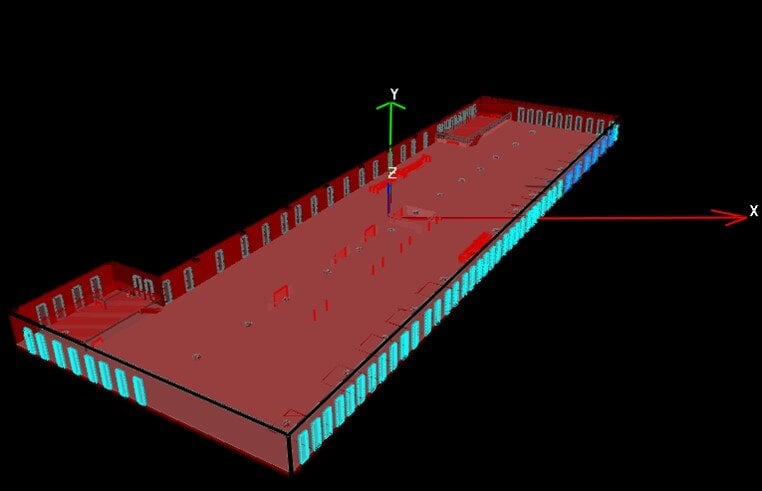 Figure 11: Indoor building with glass windows.
Figure 11: Indoor building with glass windows.
Assuming an SS RSRP coverage sensitivity of -120 dBm, the simulation results indicated that:
At 3.5 GHz,
- Medium-concrete walls with Low-E glass windows can meet the coverage requirement of 95%.
- Heavy-concrete walls with Low-E glass windows reduce the SS RSRP coverage by 1.5%, thus, the impact is negligible.
 Figure 12: Indoor coverage – 3.5GHz band Figure
Figure 12: Indoor coverage – 3.5GHz band Figure
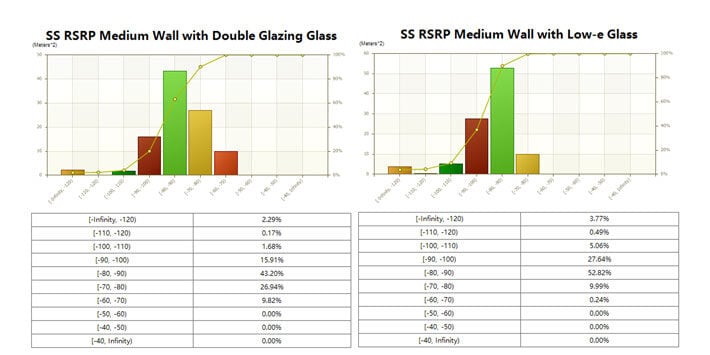 Figure 13: Statistic results – 3.5GHz band
Figure 13: Statistic results – 3.5GHz band
At 28 GHz,
- Medium-concrete wall with Low-E glass windows reduces the indoor coverage to 63%.
- Heavy-concrete wall with Low-E glass windows reduces the indoor coverage to less than 50%.
 Figure 14: Indoor coverage – 28GHz band
Figure 14: Indoor coverage – 28GHz band
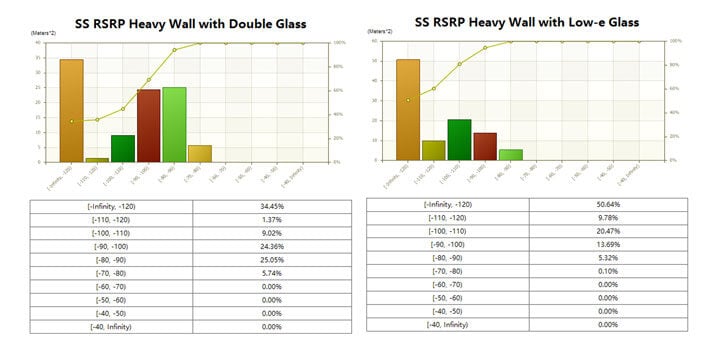 Figure 15: Statistic results – 28GHz band
Figure 15: Statistic results – 28GHz band
The Table below shows the path loss of different concrete walls.
| Type of concrete | Penetration at 3.5 GHz | Penetration at 28 GHz |
| Concrete (Light) | 11.27 | 88.06 |
| Concrete (Medium) | 19.61 | 144.48 |
| Concrete (Heavy) | 31.67 | 189.96 |
Summary
The RF propagation simulations from Ranplan Professional concluded that:
- Low-E glass walls will reduce the wireless coverage area by up to 31% more than double-glazed walls.·
- Low-E glass windows in medium and heavy concrete walls are less disruptive in the 3.5 GHz band but have a substantial impact on the indoor wireless coverage in the 28 GHz band, where there is between 47-50% less coverage.
To overcome the negative impact of Low-E glass walls or windows, advanced techniques and solutions to compensate for the high signal loss can be implemented. For example, massive MIMO for high beam antenna gains and intelligent beamforming to direct radio signals to where the services are needed. However, for organisations needing enhanced data speeds (eMBB), ultra-reliability and low latency communications (URLLC) and massive machine type communications (mMTC) services, an in-building wireless solution is imperative to meet the greater requirements.
Many of the advanced technologies and techniques require the use of higher frequency bands which can bring bigger challenges as we have highlighted in this blog. Therefore, the success of indoor wireless coverage systems stems from a precisely planned 3D indoor and outdoor network design.
Author:

Discover how our cutting-edge research projects are shaping the future of wireless network technology
